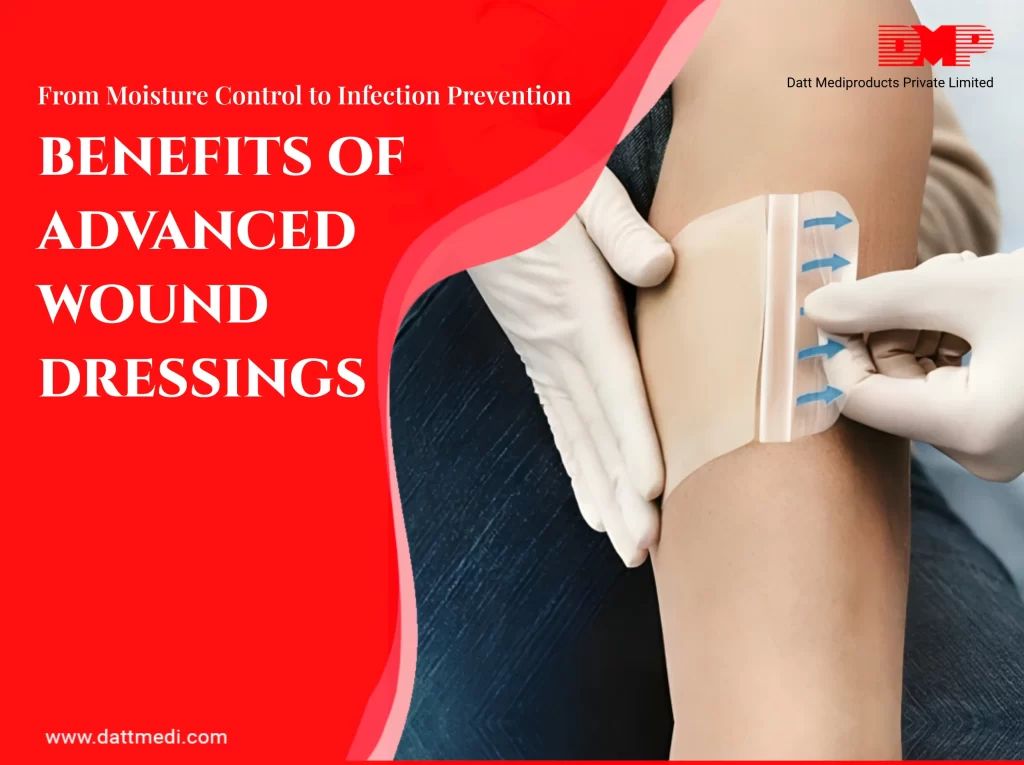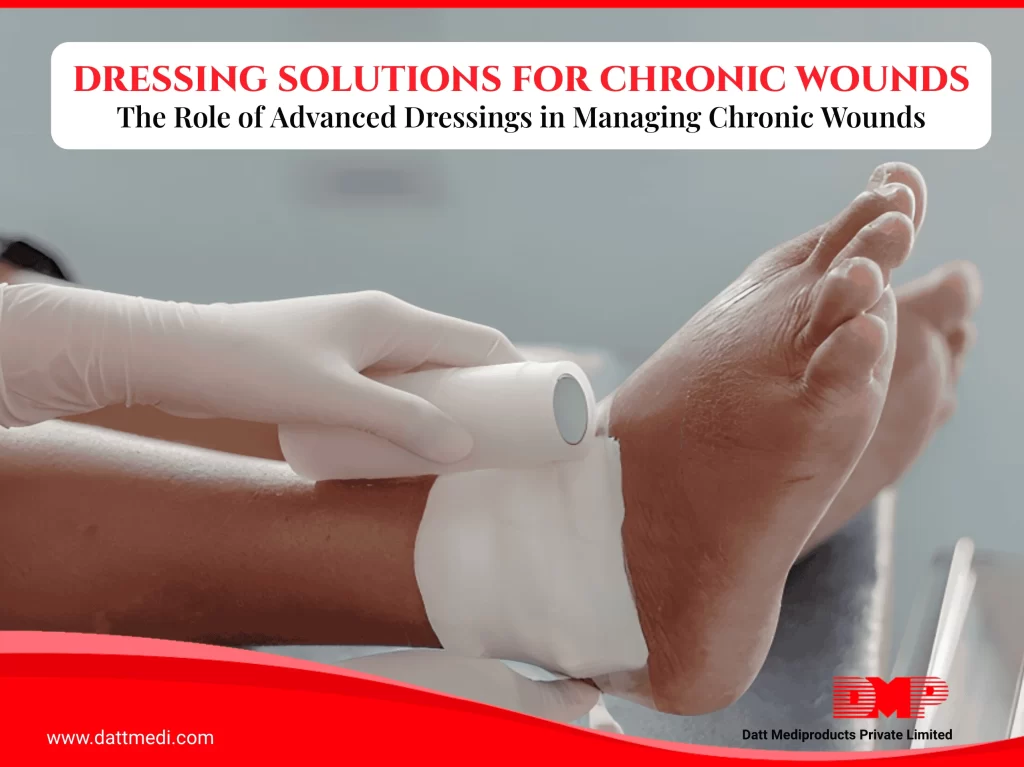
The Role of Advanced Wound Dressings in Accelerating Recovery for Complex Wounds
Traditional wound dressings were once viewed as simple barriers to shield an injury from external contaminants. Today, advanced wound dressings are revolutionizing wound care. They are active healing tools—designed not only to protect but also to accelerate recovery, reduce complications, and enhance patient comfort.
By responding to the needs of each wound, they support faster, more effective healing compared to conventional methods.
Beyond Basic Dressings: Creating a Bioactive Healing Environment
Unlike basic gauze pads, some advanced dressings provide a controlled, bioactive environment that stimulates wound repair. By incorporating various bioactive molecules such as antimicrobials. They:
- Maintain optimal moisture balance.
- Promote the healing process
- Regulate oxygen exchange.
- Some dressings offer antimicrobial protection when needed.
This environment allows cells to regenerate more efficiently, reduces infection risk, and shortens healing time.
Why Advanced Wound Dressings Are Essential for Complex & Chronic Wounds
Complex wounds such as diabetic ulcers, burns, and pressure sores often fail to heal with standard dressings. Advanced wound care solutions are essential because they:
- Restart stalled healing by balancing moisture and oxygen.
- Manage high exudate levels through superior absorption.
- Lower infection risks with antimicrobial properties.
These features make them indispensable for patients facing prolonged recovery.
Key Benefits of Advanced Wound Dressings
Using advanced dressings offers multiple clinical and patient-centered advantages:
- Moisture regulation – prevents drying and maceration.
- Reduced pain – cushioning and non-stick materials minimize discomfort during changes.
- Better comfort – lightweight, breathable materials allow mobility.
- Faster wound closure – optimized healing conditions accelerate recovery.
When to Choose Advanced Wound Dressings
Healthcare professionals should consider advanced dressings when:
- Healing has been delayed or stalled.
- The wound produces excessive drainage or exudate.
- There is a high risk of infection.
- Surgical incisions require enhanced healing protection.
In these cases, basic dressings often fail or take too long to heal the wound, while advanced dressings deliver targeted support.
Wounds That Benefit Most from Advanced Dressings
Certain conditions see the greatest benefit from these solutions:
- Diabetic ulcers – require moisture retention and infection control.
- Pressure sores (bedsores) – need pressure relief and high absorption.
- Surgical wounds – advanced dressings reduce infection risk and improve scarring.
- Burn injuries – delicate tissue heals faster with protective, moist dressings.
How to Choose the Right Advanced Wound Dressing
Selecting the correct dressing depends on the wound’s characteristics:
- Moist wounds → use absorbent foam or alginate dressings.
- Dry wounds → apply hydrogel dressings for hydration.
- Infected wounds → use antimicrobial dressings.
- Deep wounds → choose layered or cavity-fill dressings such as negative pressure therapy.




